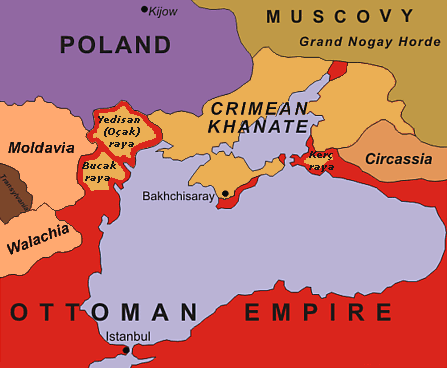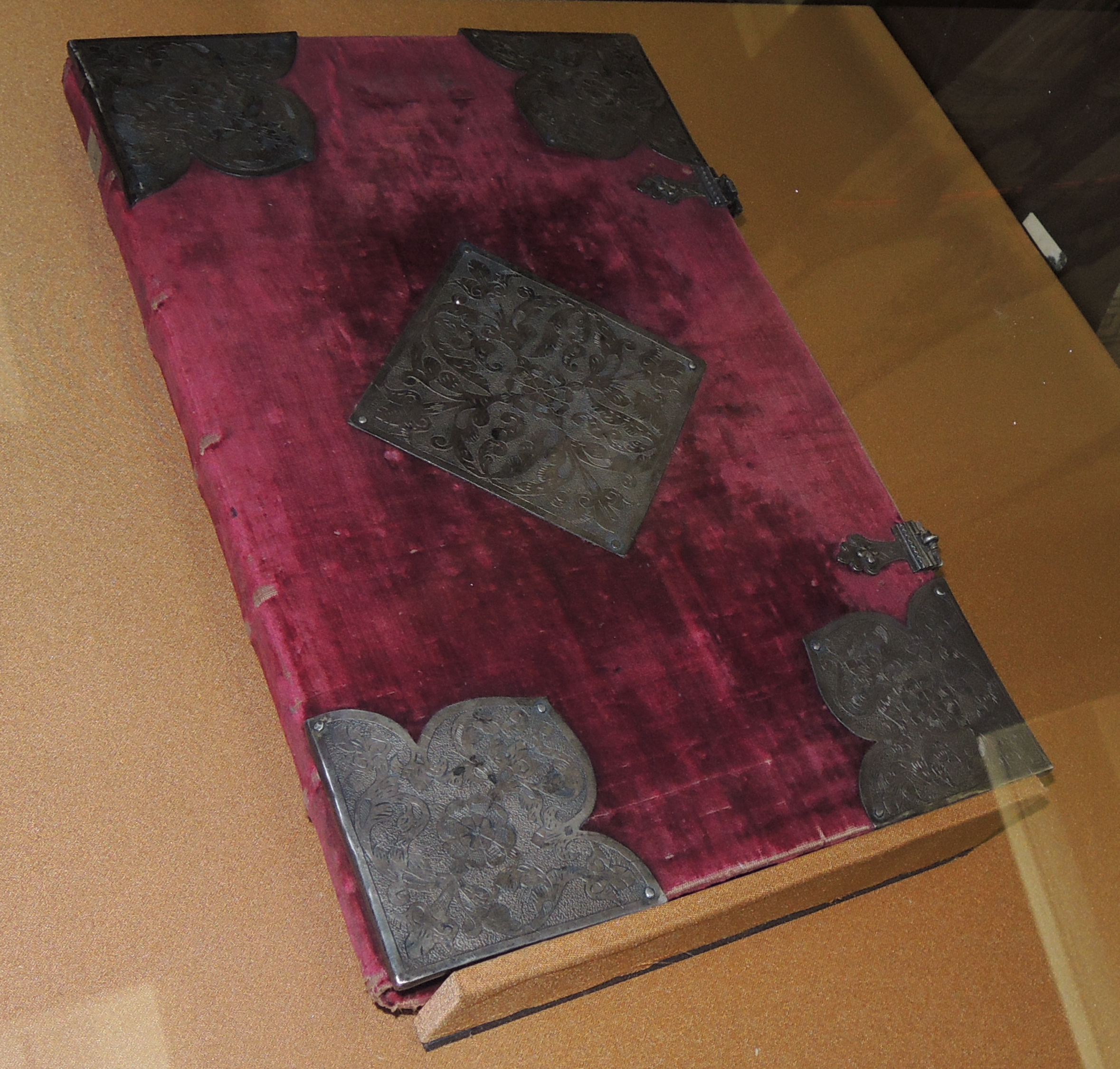|
Azov Fortress
The Azov Fortress ( rus, Азовская крепость, r=Azovskaya krepost) is a fortified complex in Azov, Rostov oblast, Russia, overlooking the Don River and the Port of Azov to the north. It includes a rampart, watchtowers and gates. The Azov fortress (formerly known as Azak fortress) was founded by Turks on behalf of the Ottoman Empire in 1475. It guarded the northern approaches to the Empire and access to the Azov Sea.Тихонов, Ю. А. Азовское сидение. — Москва, 1970. P. 99 After a series of conflicts, a peace treaty was signed in Constantinople on July 13, 1700 between the Tsardom of Russia and the Ottoman Empire. The sultan recognized Russia's possession of the Azov area. History Origin The site had been Venetian and Genoese colonies before the second half of the 15th century. A town named Tana served as major transit point for trafficking between West and East. Tana was became a part of the Ottoman Empire in 1471. The Otto ... [...More Info...] [...Related Items...] OR: [Wikipedia] [Google] [Baidu] |
Azov
Azov (russian: Азов), previously known as Azak, is a town in Rostov Oblast, Russia, situated on the Don River just from the Sea of Azov, which derives its name from the town. Population: History Early settlements in the vicinity The mouth of the Don River has always been an important commercial center. At the start of the 3rd century BCE, the Greeks from the Bosporan Kingdom founded a colony here, which they called '' Tanais'' (after the Greek name of the river). Several centuries later, in the last third of 1st century BCE, the settlement was burned down by king Polemon I of Pontus. The introduction of Greek colonists restored its prosperity, but the Goths practically annihilated it in the 3rd century. The site of ancient Tanais, now occupied by the ''khutor'' of Nedvigovka, has been excavated since the mid-19th century. In the 5th century, the area was populated by Karadach and his Akatziroi. They were ruled by Dengizich the Hun. Byzantium gave the l ... [...More Info...] [...Related Items...] OR: [Wikipedia] [Google] [Baidu] |
Cavalry
Historically, cavalry (from the French word ''cavalerie'', itself derived from "cheval" meaning "horse") are soldiers or warriors who fight mounted on horseback. Cavalry were the most mobile of the combat arms, operating as light cavalry in the roles of reconnaissance, screening, and skirmishing in many armies, or as heavy cavalry for decisive shock attacks in other armies. An individual soldier in the cavalry is known by a number of designations depending on era and tactics, such as cavalryman, horseman, trooper, cataphract, knight, hussar, uhlan, mamluk, cuirassier, lancer, dragoon, or horse archer. The designation of ''cavalry'' was not usually given to any military forces that used other animals for mounts, such as camels or elephants. Infantry who moved on horseback, but dismounted to fight on foot, were known in the early 17th to the early 18th century as ''dragoons'', a class of mounted infantry which in most armies later evolved into standard cavalry while retain ... [...More Info...] [...Related Items...] OR: [Wikipedia] [Google] [Baidu] |
Preobrazhensky Regiment
The Preobrazhensky Life-Guards Regiment (russian: Преображенский лейб-гвардии полк, ''Preobrazhensky leyb-gvardii polk'') was a regiment of the Imperial Guard of the Imperial Russian Army from 1683 to 1917. The Preobrazhensky Regiment was one of the oldest and most elite units in Russia along with the Semyonovsky Regiment, and served as a gendarmerie unit for the state Secret Chancellery, the first secret police of Russia headed by Prince Fyodor Romodanovsky. It formed part of the 1st Brigade of the 1st Guards Infantry Division stationed on the Fontanka in Saint Petersburg. The regiment was disbanded shortly before the October Revolution in 1917. The Preobrazhensky Regiment was recreated in 2013 as the 154th Preobrazhensky Independent Commandant's Regiment, the official honor guard regiment of the Russian Armed Forces, stationed in Moscow. History The young Tsar Peter I of Russia (born 1672, ) developed the regiment from 1683 onwards on the ... [...More Info...] [...Related Items...] OR: [Wikipedia] [Google] [Baidu] |
Franz Lefort
Franz may refer to: People * Franz (given name) Franz is a German name and cognate of the given name Francis. Notable people named Franz include: Nobility Austria-Hungary * Francis I, Holy Roman Emperor (1708–1765) * Francis II, Holy Roman Emperor (1768–1835), founder of the Austrian ... * Franz (surname) Places * Franz (crater), a lunar crater * Franz, Ontario, a railway junction and unorganized town in Canada * Franz Lake, in the state of Washington, United States – see Franz Lake National Wildlife Refuge Businesses * Franz Deuticke, a scientific publishing company based in Vienna, Austria * Franz Family Bakeries, a food processing company in Portland, Oregon * Franz-porcelains, a Taiwanese brand of pottery based in San Francisco Other uses * Franz (film), ''Franz'' (film), a 1971 Belgian film * Franz Lisp, a dialect of the Lisp programming language See also * Frantz (other) * Franzen (other) * Frantzen (other) {{disambigu ... [...More Info...] [...Related Items...] OR: [Wikipedia] [Google] [Baidu] |
Volga River
The Volga (; russian: Во́лга, a=Ru-Волга.ogg, p=ˈvoɫɡə) is the longest river in Europe. Situated in Russia, it flows through Central Russia to Southern Russia and into the Caspian Sea. The Volga has a length of , and a catchment area of «Река Волга» , Russian State Water Registry which is more than twice the size of . It is also Europe's largest river in terms of average discharge at delta – between and – and of . It is widely regarded as th ... [...More Info...] [...Related Items...] OR: [Wikipedia] [Google] [Baidu] |
Voronezh River
The Voronezh (russian: Воро́неж, ), also romanized as Voronež, is a river in Tambov, Lipetsk, and Voronezh oblasts in Russia, a left tributary of the Don. The Voronezh is long, with a drainage basin of .«Река Воронеж» Russian State Water Registry It freezes up in the first half of December and stays under the ice until late March. The lower reaches of the river are navigable. The cities of and are along the Voronezh River. Going upstream, it leaves the Don south of Voronezh and goes north parallel and east of the Don for about . West of |
Azov Campaigns (1695–96)
Azov (russian: Азов), previously known as Azak, is a town in Rostov Oblast, Russia, situated on the Don River just from the Sea of Azov, which derives its name from the town. Population: History Early settlements in the vicinity The mouth of the Don River has always been an important commercial center. At the start of the 3rd century BCE, the Greeks from the Bosporan Kingdom founded a colony here, which they called ''Tanais'' (after the Greek name of the river). Several centuries later, in the last third of 1st century BCE, the settlement was burned down by king Polemon I of Pontus. The introduction of Greek colonists restored its prosperity, but the Goths practically annihilated it in the 3rd century. The site of ancient Tanais, now occupied by the ''khutor'' of Nedvigovka, has been excavated since the mid-19th century. In the 5th century, the area was populated by Karadach and his Akatziroi. They were ruled by Dengizich the Hun. Byzantium gave the la ... [...More Info...] [...Related Items...] OR: [Wikipedia] [Google] [Baidu] |
Peter The Great
Peter I ( – ), most commonly known as Peter the Great,) or Pyotr Alekséyevich ( rus, Пётр Алексе́евич, p=ˈpʲɵtr ɐlʲɪˈksʲejɪvʲɪtɕ, , group=pron was a Russian monarch who ruled the Tsardom of Russia from to 1721 and subsequently the Russian Empire until his death in 1725, jointly ruling with his elder half-brother, Ivan V until 1696. He is primarily credited with the modernisation of the country, transforming it into a European power. Through a number of successful wars, he captured ports at Azov and the Baltic Sea, laying the groundwork for the Imperial Russian Navy, ending uncontested Swedish supremacy in the Baltic and beginning the Tsardom's expansion into a much larger empire that became a major European power. He led a cultural revolution that replaced some of the traditionalist and medieval social and political systems with ones that were modern, scientific, Westernised and based on the Enlightenment. Peter's reforms had a last ... [...More Info...] [...Related Items...] OR: [Wikipedia] [Google] [Baidu] |
Bahadır I Giray
Bahadir or Bahadır I Giray (1602–1641, reigned 1637–1641) was a khan of the Crimean Khanate. Much of his reign was spent dealing with Azov which had been captured by the Don Cossacks. Unlike many khans, he died of natural causes. He was the father of Selim I Giray and, through him, the ancestor of all khans who reigned after 1700 except for Devlet III. Early life and enthronement He was the son of Selâmet I Giray who reigned from 1608 to 1610. During his father's reign he was sent to Turkey as a ‘rekhin’ or honorable hostage. He grew up on an estate near Yambol. He was described as handsome, learned, eloquent and something of a poet. In June 1637 the Turks deposed İnayet Giray and placed Bahadir on the throne. As kalga and nureddin he chose the brothers Islyam and Safa Girai. Just after coming to the throne he learned that the Don Cossacks had captured Azov. Reign and Azov problem Azov, or Azak as it was then called, lies at the northeast corner of the Sea of Azov, a ... [...More Info...] [...Related Items...] OR: [Wikipedia] [Google] [Baidu] |
Russo-Turkish War
The Russo-Turkish wars (or Ottoman–Russian wars) were a series of twelve wars fought between the Russian Empire and the Ottoman Empire between the 16th and 20th centuries. It was one of the longest series of military conflicts in European history. Except for the war of 1710–11 and the Crimean War, which is often treated as a separate event, the conflicts ended disastrously for the Ottoman Empire; conversely, they showcased the ascendancy of Russia as a European power after the modernization efforts of Peter the Great in the early 18th century. History Conflict begins (1568–1739) Before Peter the Great The first Russo-Turkish War (1568–1570) occurred after the conquest of Kazan and Astrakhan by the Russian tsar Ivan the Terrible. The Ottoman sultan Selim II tried to squeeze the Russians out of the lower Volga by sending a military expedition to Astrakhan in 1569. The Turkish expedition ended in disaster for the Ottoman army, which could not take Astrakhan and a ... [...More Info...] [...Related Items...] OR: [Wikipedia] [Google] [Baidu] |
Zemsky Sobor
The Zemsky Sobor ( rus, зе́мский собо́р, p=ˈzʲemskʲɪj sɐˈbor, t=assembly of the land) was a parliament of the Tsardom of Russia's estates of the realm active during the 16th and 17th centuries. The assembly represented Russia's feudal classes in three categories: Nobility and the high bureaucracy, the '' Holy Sobor'' of the Orthodox clergy, and representatives of "commoners" including merchants and townspeople. Assemblies could be summoned either by the Tsar, the Patriarch, or the Boyar Duma, to decide current agenda, controversial issues or enact major pieces of legislation. Tsardom of Russia In the 16th century Tsar Ivan the Terrible held the first Zemsky Sobor in 1549, holding several assemblies primarily as a rubber stamp but also to address initiatives taken by the lower nobility and townspeople. Times of Troubles The Time of Troubles saw the Zemsky Sobor elect Boris Godunov as Tsar in 1598 during the succession crisis after the end of the Rurik ... [...More Info...] [...Related Items...] OR: [Wikipedia] [Google] [Baidu] |







